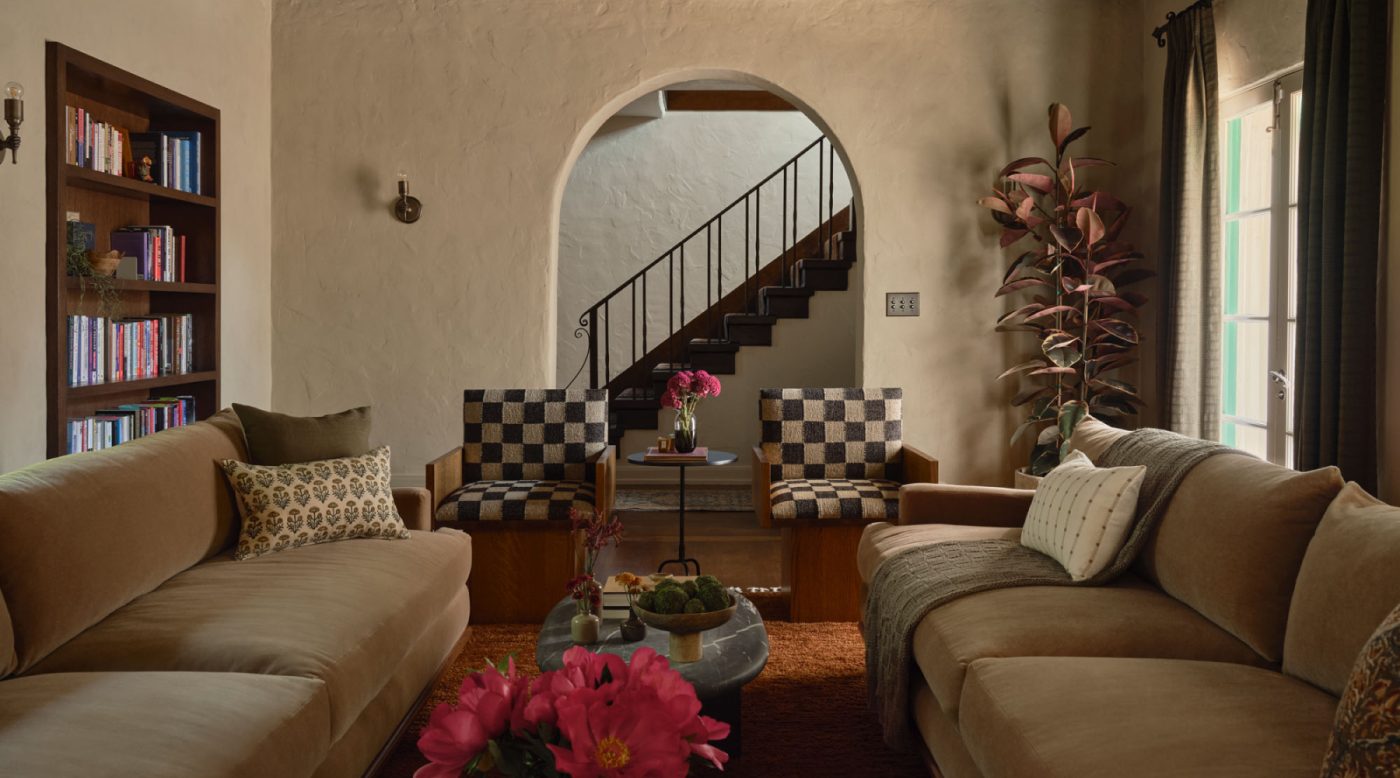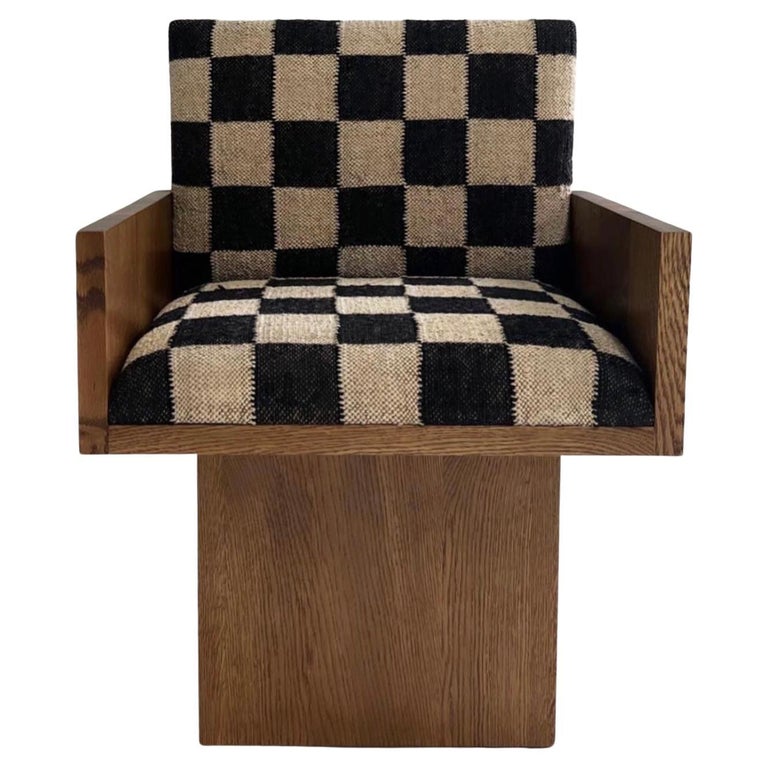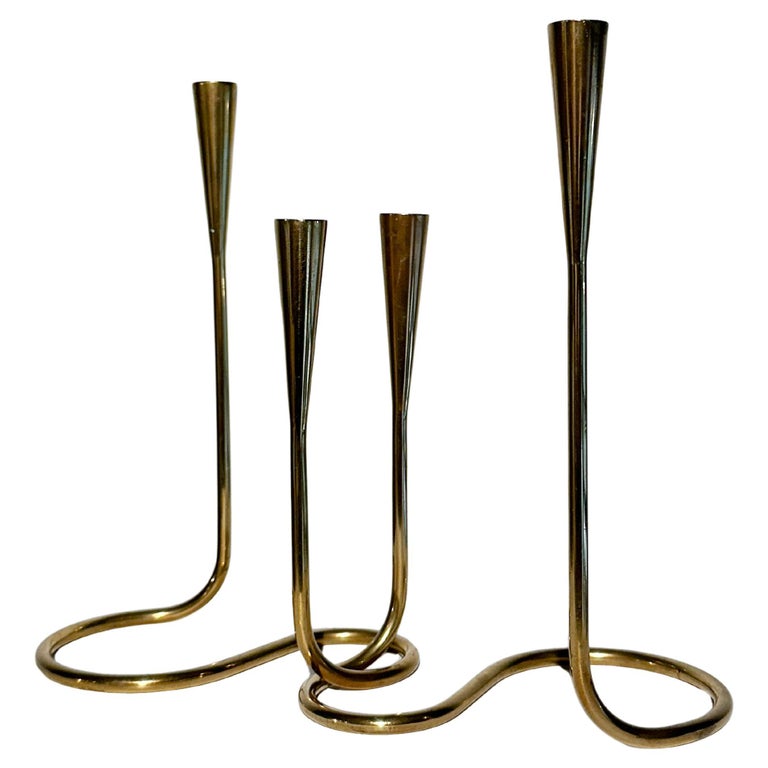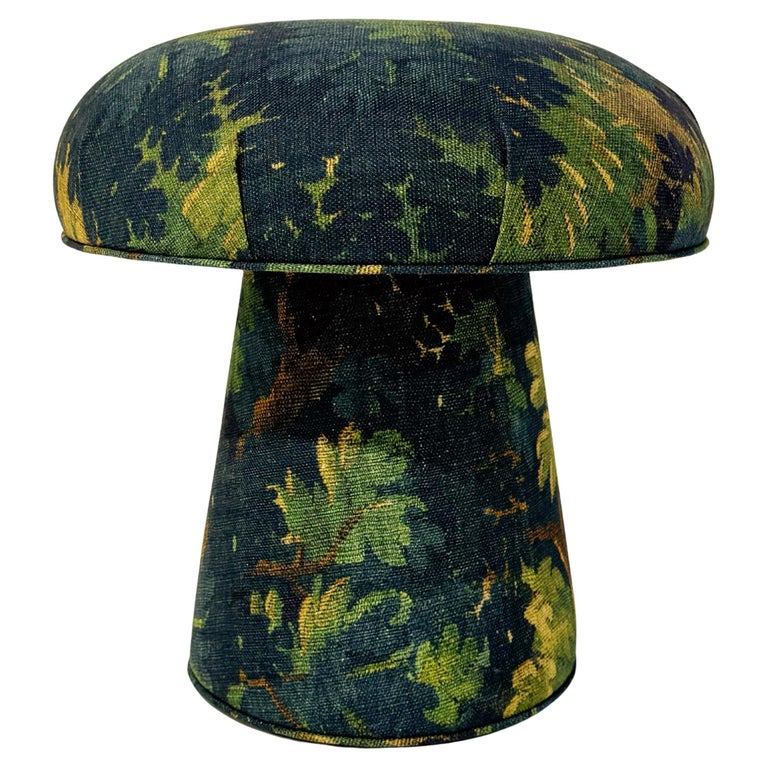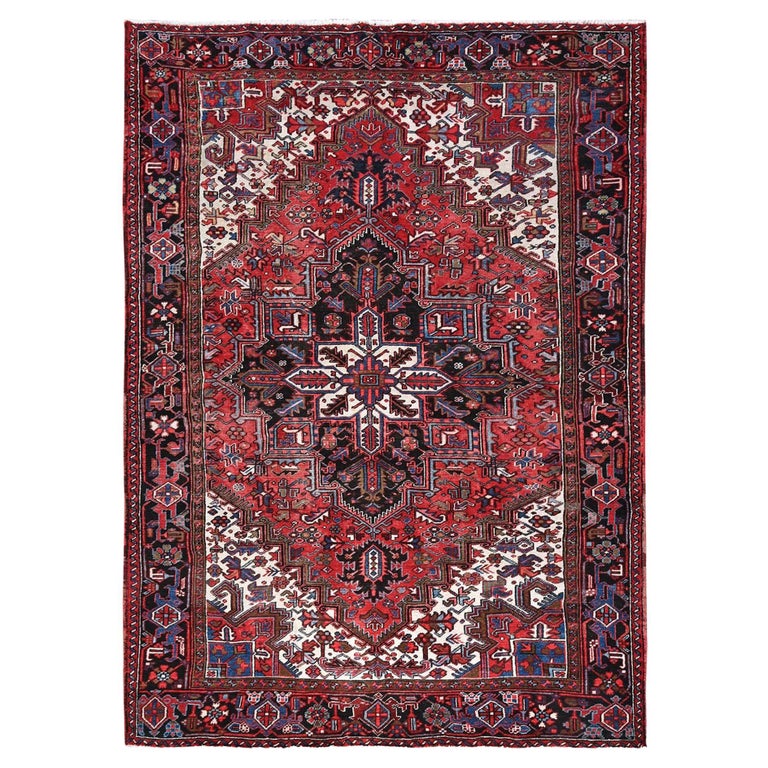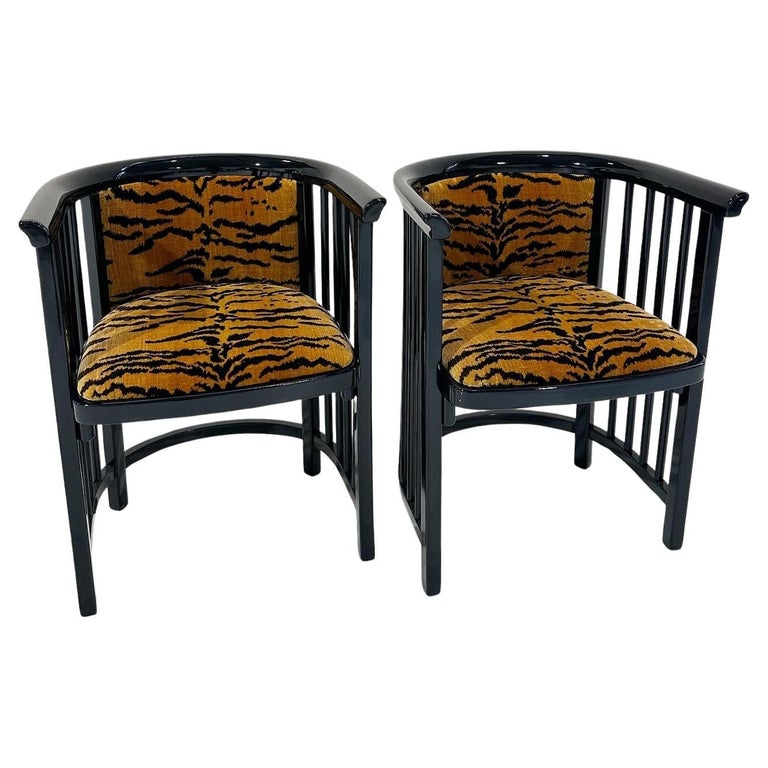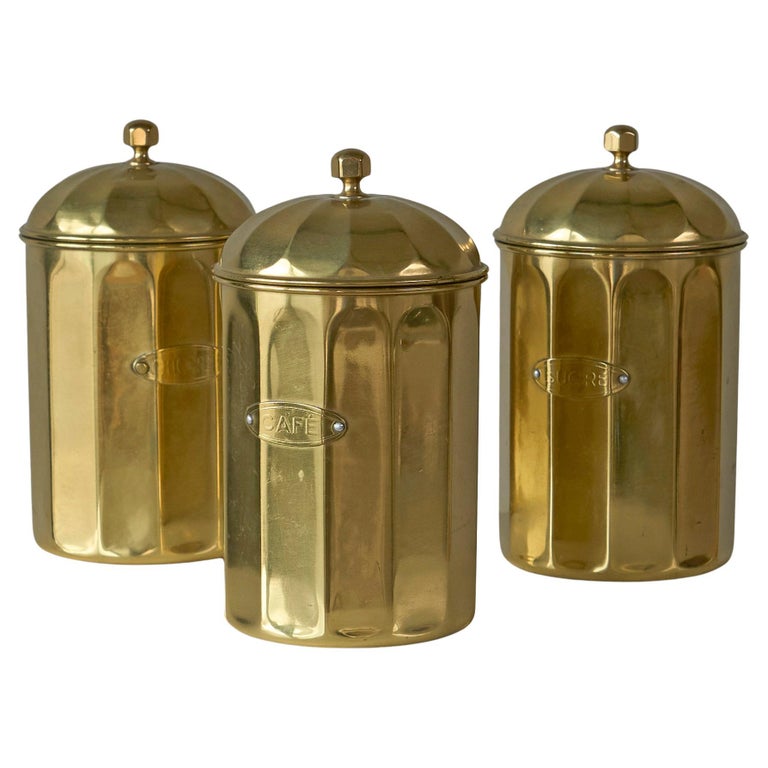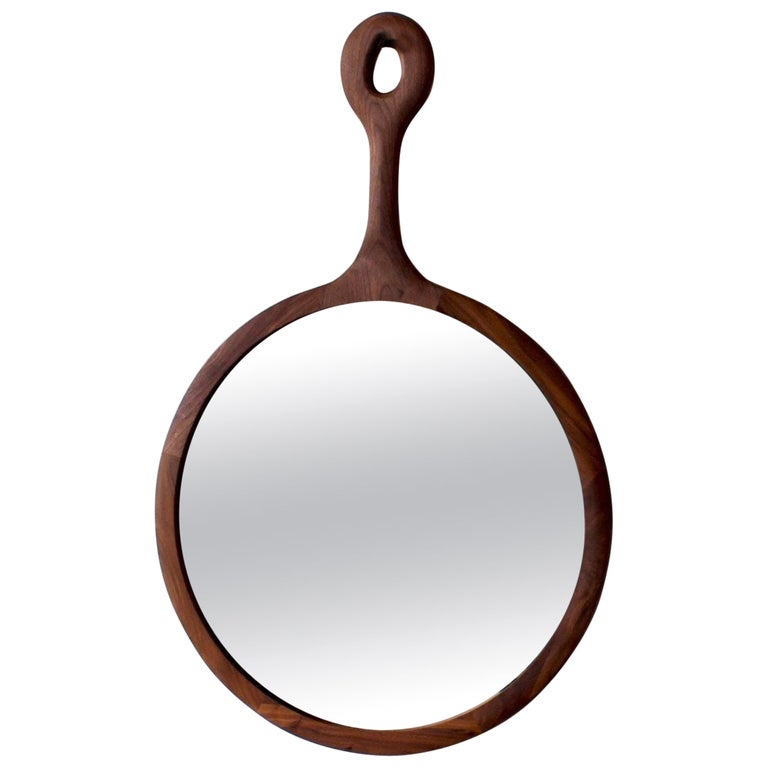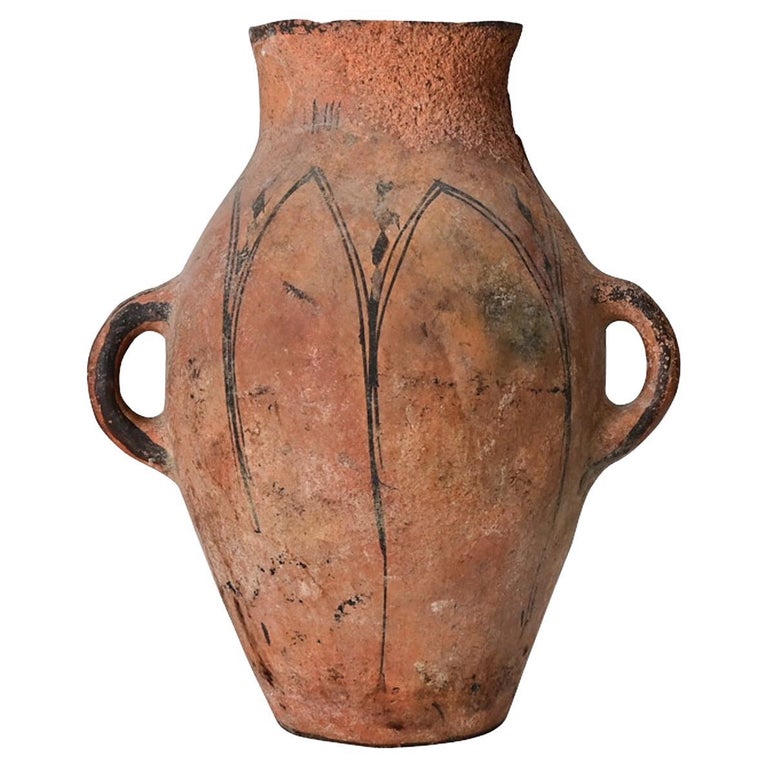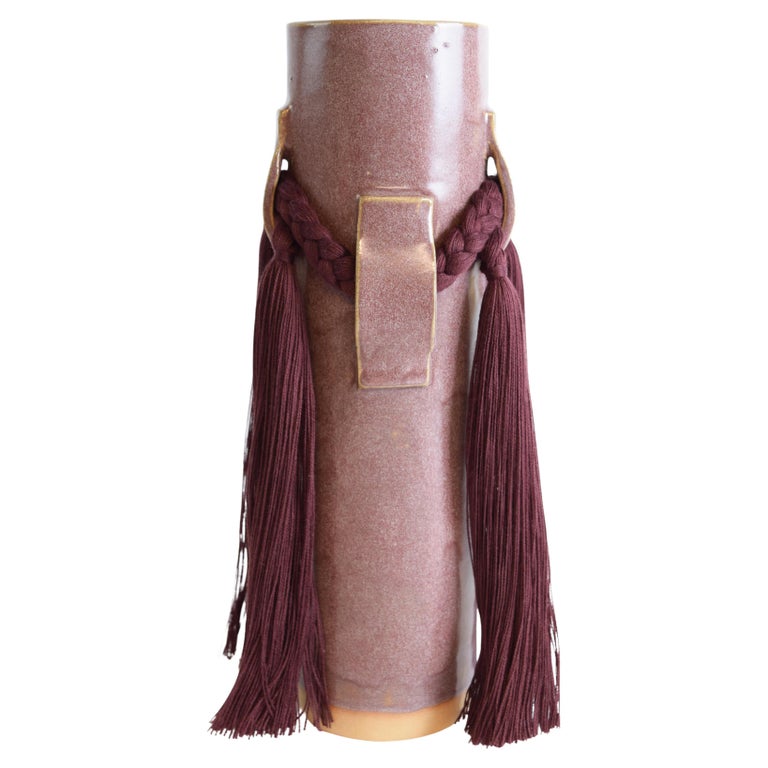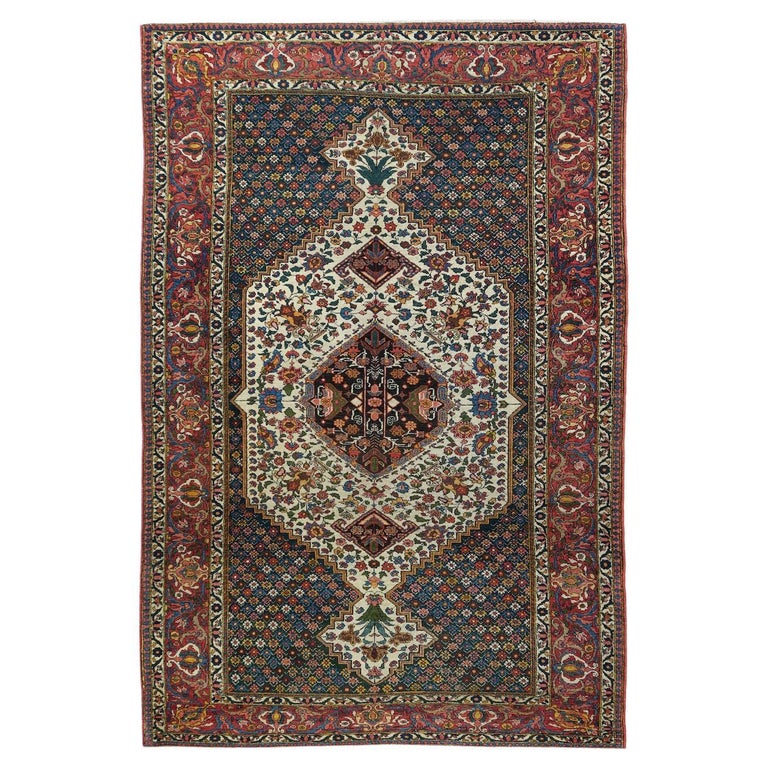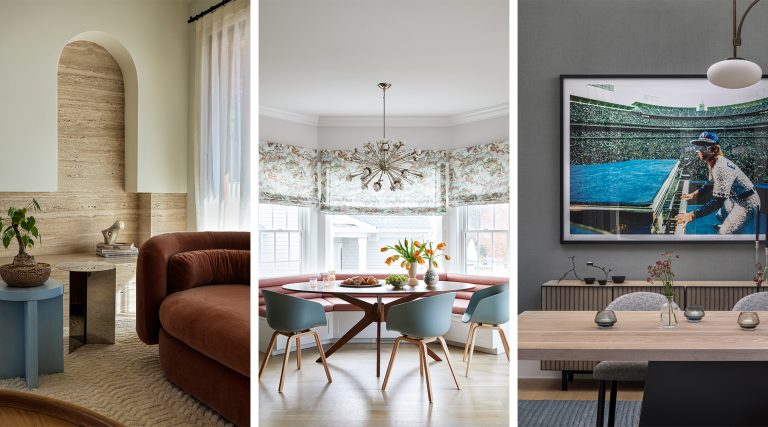July 6, 2025As interior designer Mandy Cheng sees it, the reason clients never come out and say exactly what they want their home to look like is that “no one really knows. That’s why they come to us!”
The couple who commissioned Cheng for this Silicon Valley project did very much know they wanted her, however. As the designer recalls, “One of them said, ‘Well, we’re young, let’s pick someone who likes color and fun.” And that perfectly describes the Los Angeles–based Cheng, who founded her eponymous firm in 2013, shifting careers after years spent as a Hollywood set decorator.
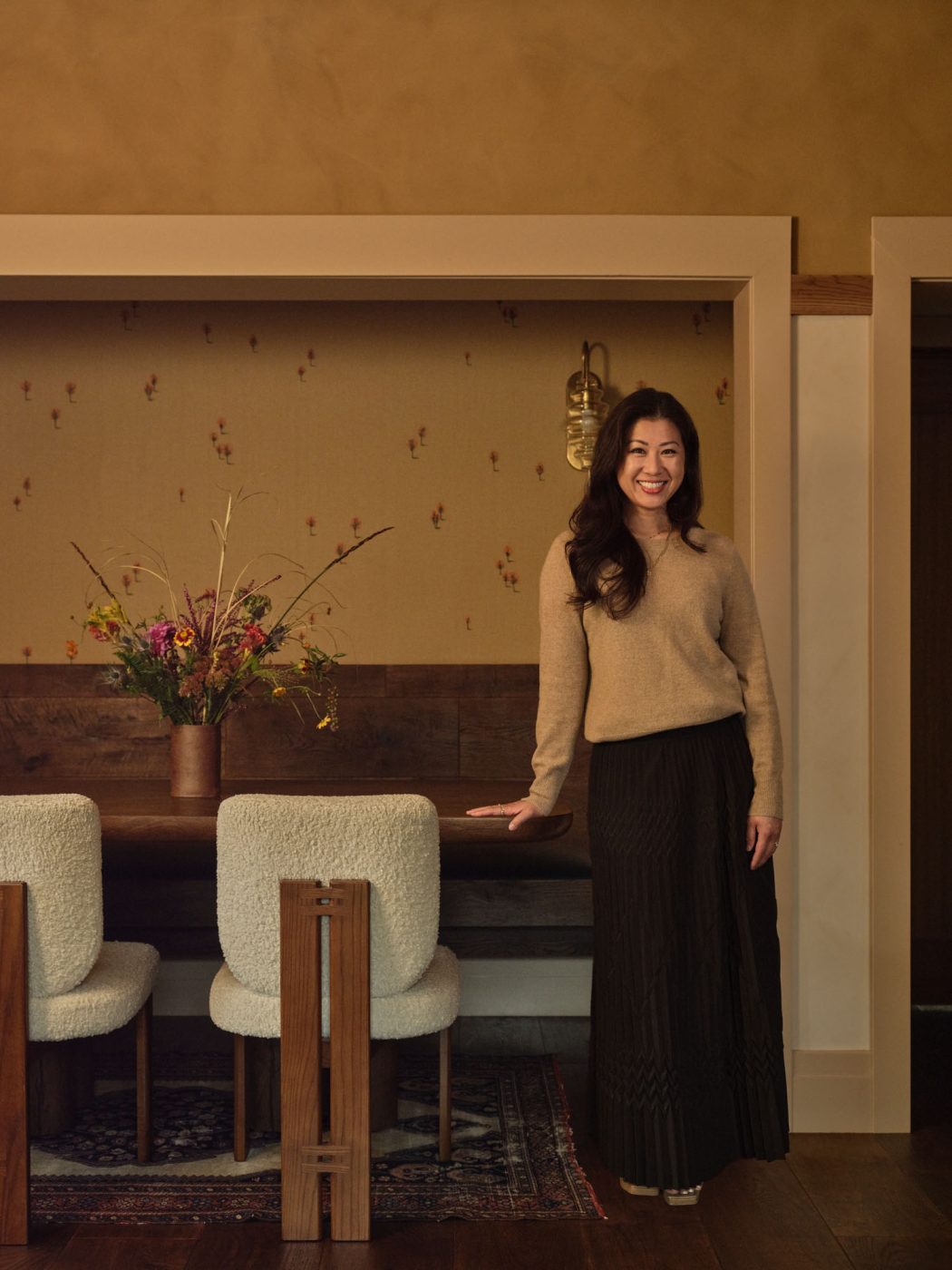
But although a mix of hues and whimsy do indeed characterize many, maybe even most, of Cheng’s interiors, “people aren’t hiring me because I have a look and they want that look to go into their house,” the designer insists. “It’s always going to be my interpretation of their personality reflected back into their home.”
To that end, she tries to make every project unique to its owners. And the key to doing that is answering the essential question “What are the clients trying to tell me, even though they don’t know how to tell me?”
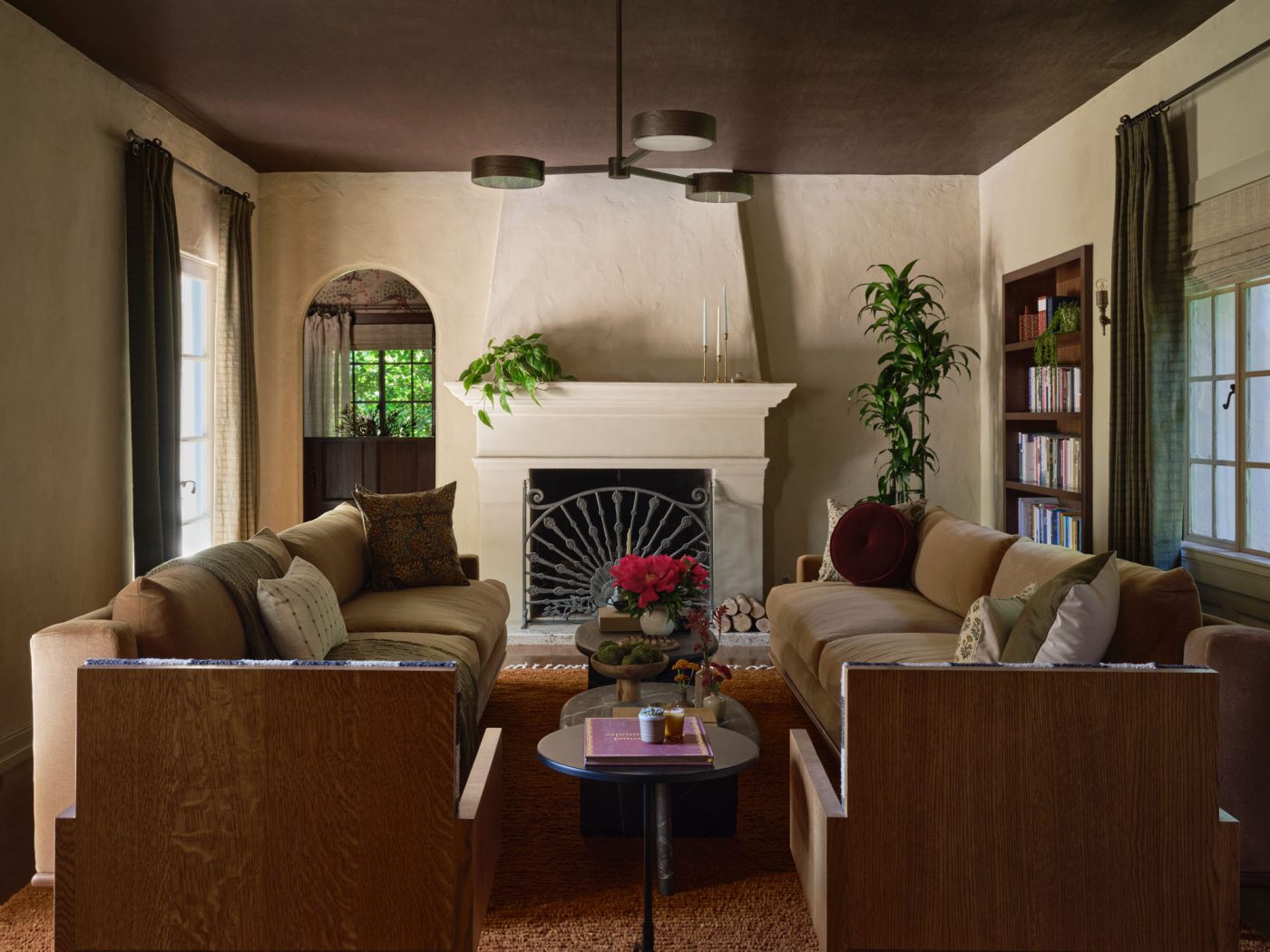
In this case, the husband and wife — a cardiothoracic surgeon and an educator, respectively — shared only a few Pinterest images. But from these, and a couple of conversations, Cheng says she gleaned that they “needed the house to be comfortable for them, but they also entertain a lot, and they wanted it to look nice. It wasn’t supposed to be museum-esque, but I also didn’t shy away from higher-end, more-bespoke pieces, either.”
Above all, she says, they “wanted color and a little bit of adventure, while still being respectful of the style of the house itself.”
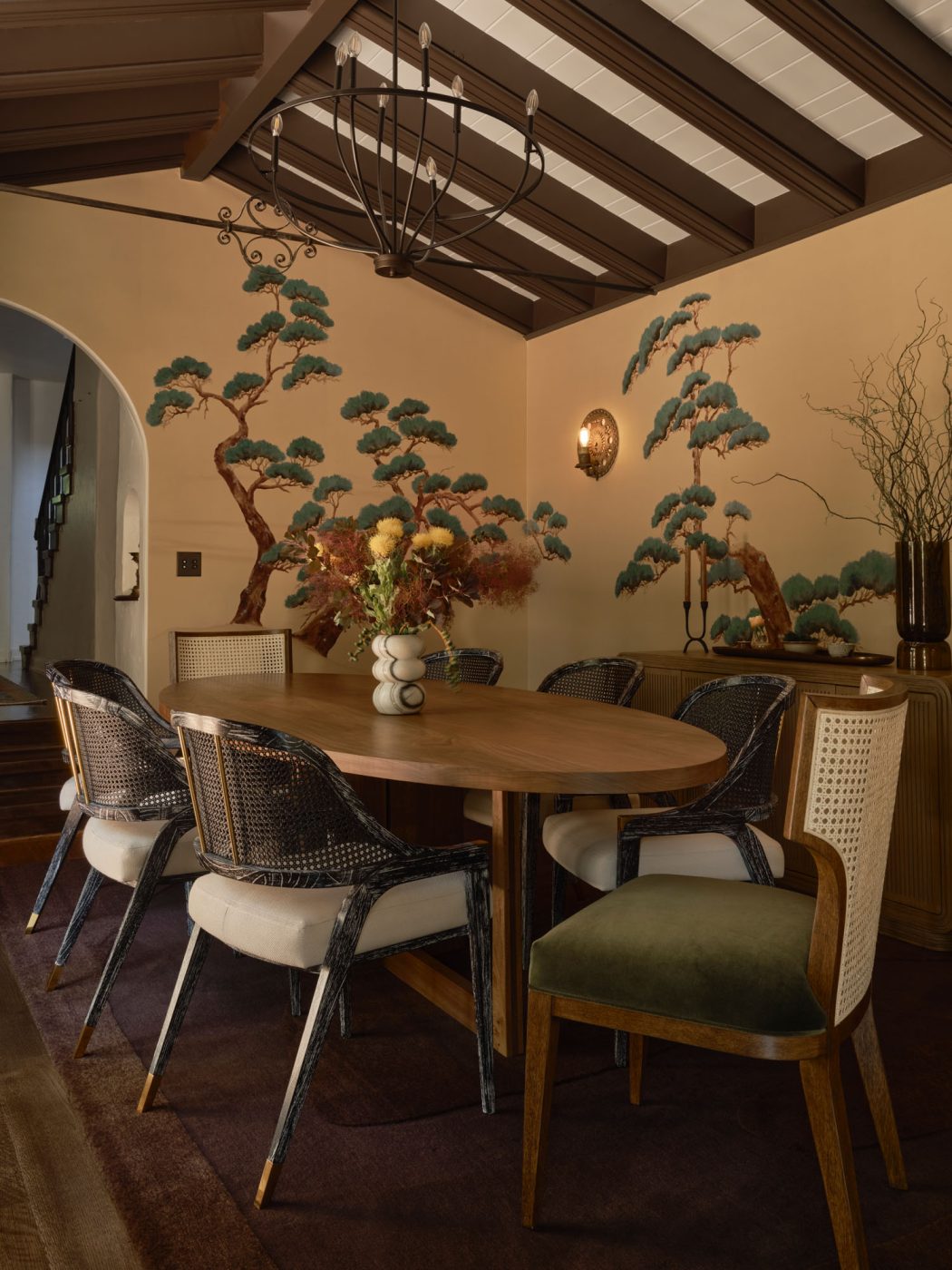
That house was “a really cool, classic nineteen-twenties Mediterranean and in beautiful shape,” she continues. “But it was also just a little plain,” which made it “the perfect base to insert all the fun, unique things that would reflect the style they wanted.”
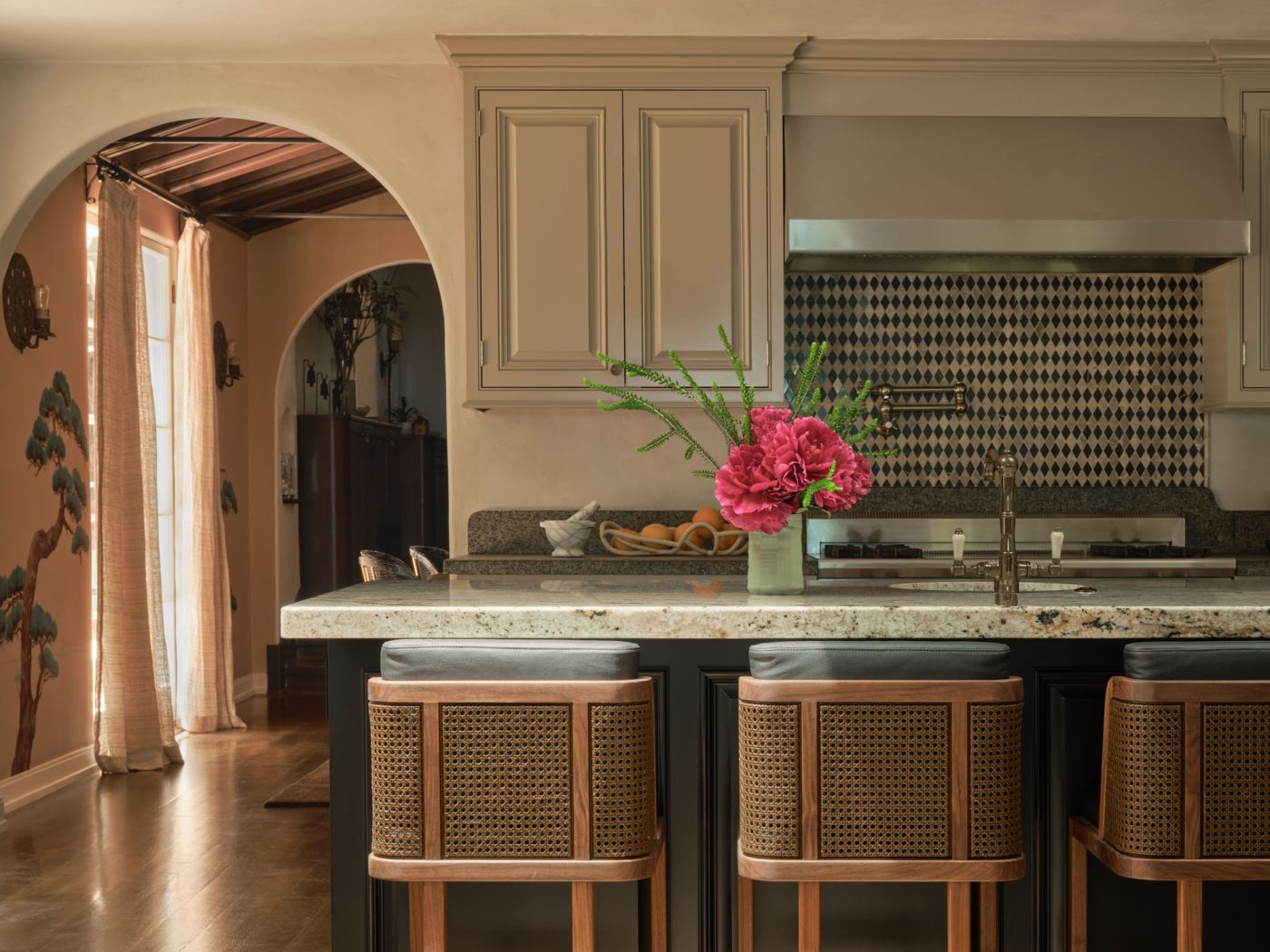
The scheme Cheng created for the couple celebrates the home’s early-20th-century past while bringing it decidedly into the 21st. To accomplish this, she used “a combination of all these materials you would have found a long time ago,” she says, pointing to pieces like the living room’s pair of clean-lined, mohair-covered Lawson-Fenning sofas; the dining room’s velvet-cushioned cane chairs and dark-toned oak finishes; a guest-room headboard made from a heavy antique wooden door; and a family room ottoman upholstered in a vintage carpet. “The furniture shapes are contemporary, but the materials are very old-world.”
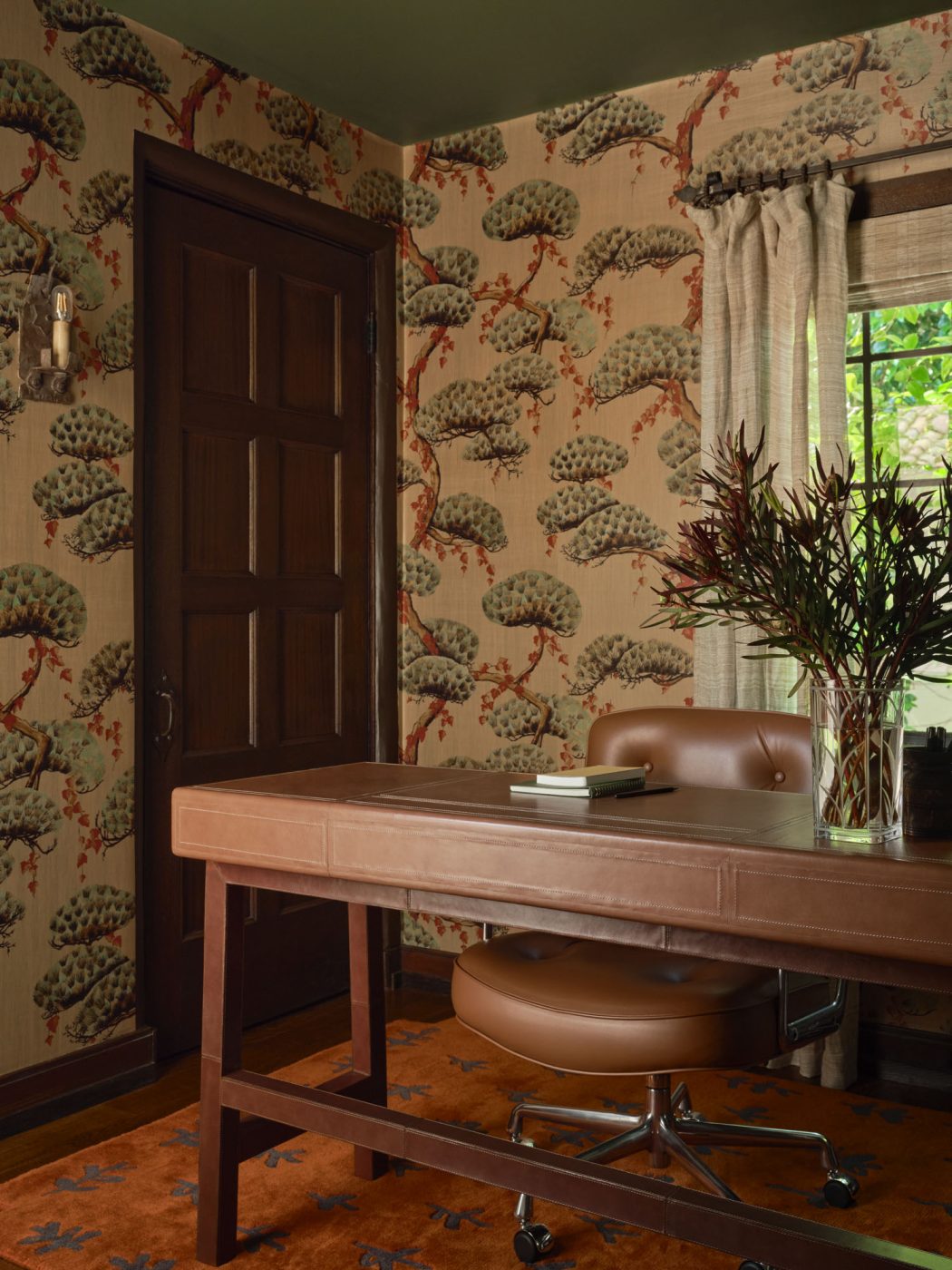
Everywhere, she creatively incorporated, replicated or reimagined existing interior architectural elements that align with the Mediterranean style. She integrated an original brass wall grate into a newly installed custom cabinet in the foyer, for example, and used a Scalamandré wallpaper with a pine-bough design to give a treehouse feel to a guest room with an ornate built-in wooden bed.
Artisanal wallcoverings like that, found throughout the house — including on some ceilings — go a long way toward establishing a sense of whimsy grounded in history.
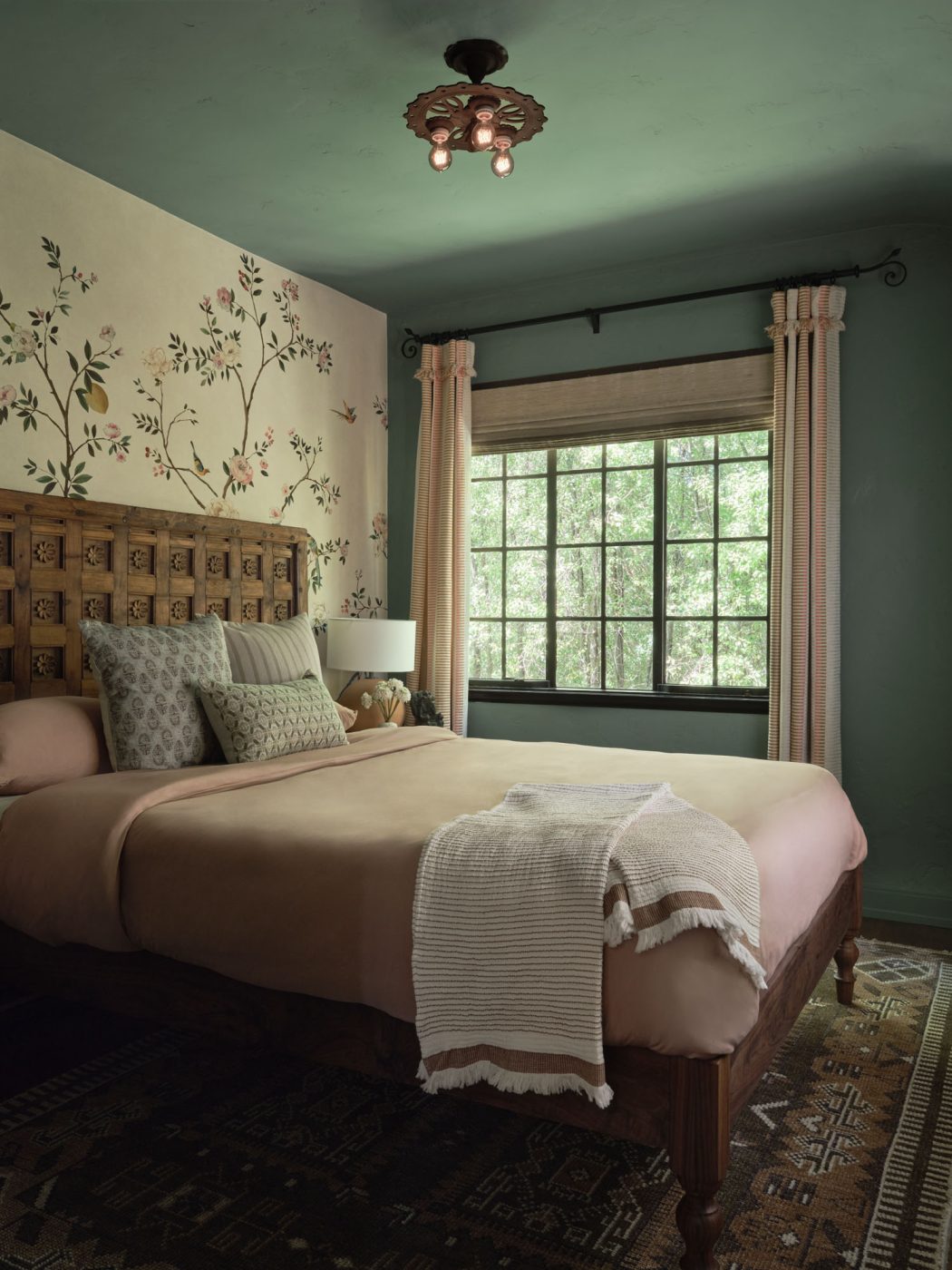
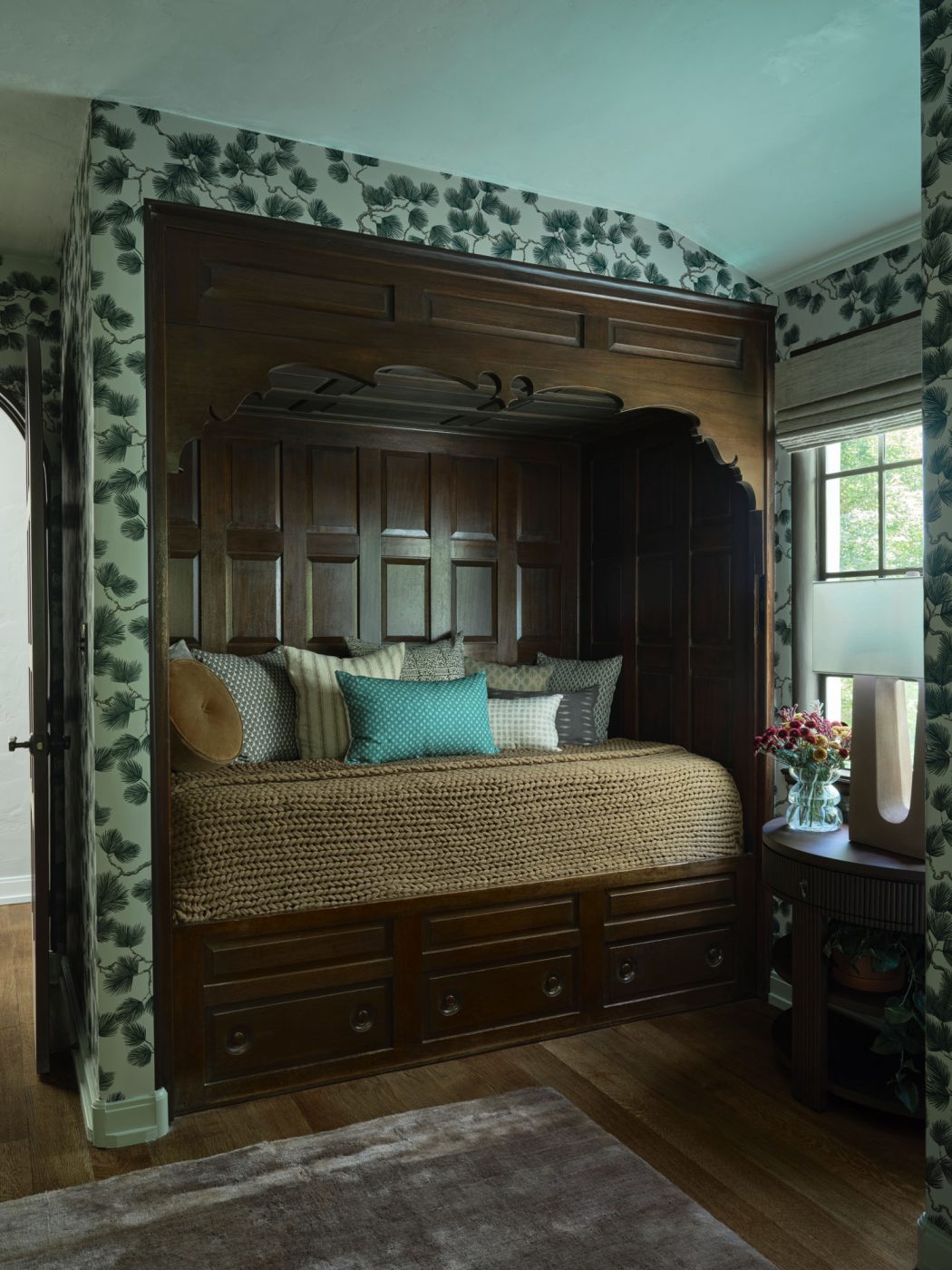
In the study, a Pierre Frey traditional Japanese Momijigari–style maple-tree print climbs the walls, forming a sylvan backdrop for a campaign-inspired leather-wrapped Made Goods desk at which sits a Charles and Ray Eames for Herman Miller Executive chair, both resting on a Nordic Knots rug.
The breakfast nook’s terracotta-hued, turquoise-accented Arabian-inspired geometric wallcovering pairs with an Urban Electric Co. antiqued-bronze pendant that Cheng had fitted with a custom shade made from a Schumacher fabric printed with verdant ferns.
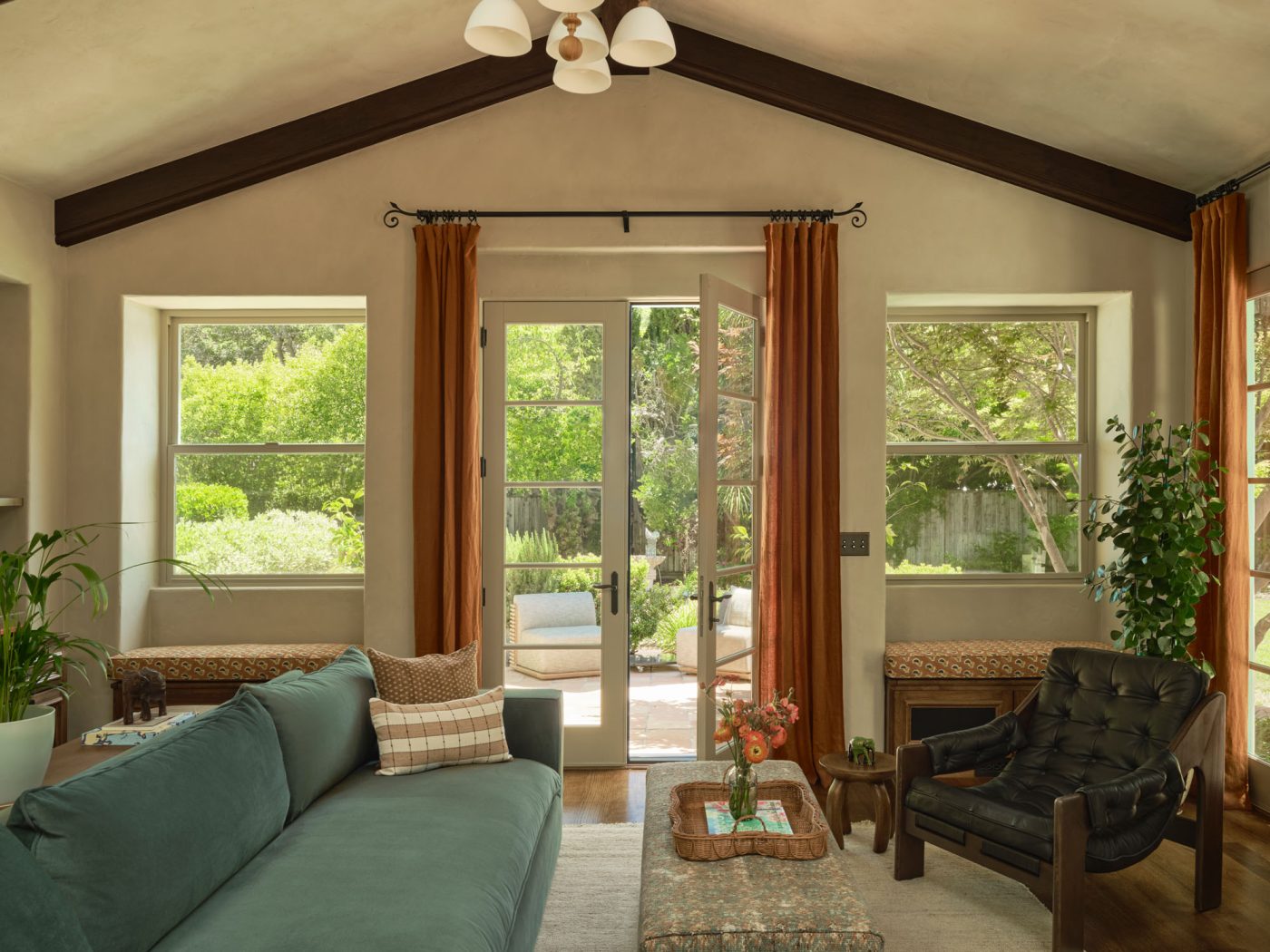
“Everything is a slightly cheeky nod to what would, or could, authentically have been in the house from the beginning,” Cheng says. She is referring to her wallpaper choices, but she might just as easily be speaking about her entire scheme.
The clients, who are now parents to a young child, are supremely pleased with Cheng’s interpretation of their personalities, tastes and desires, as well as the house’s past.
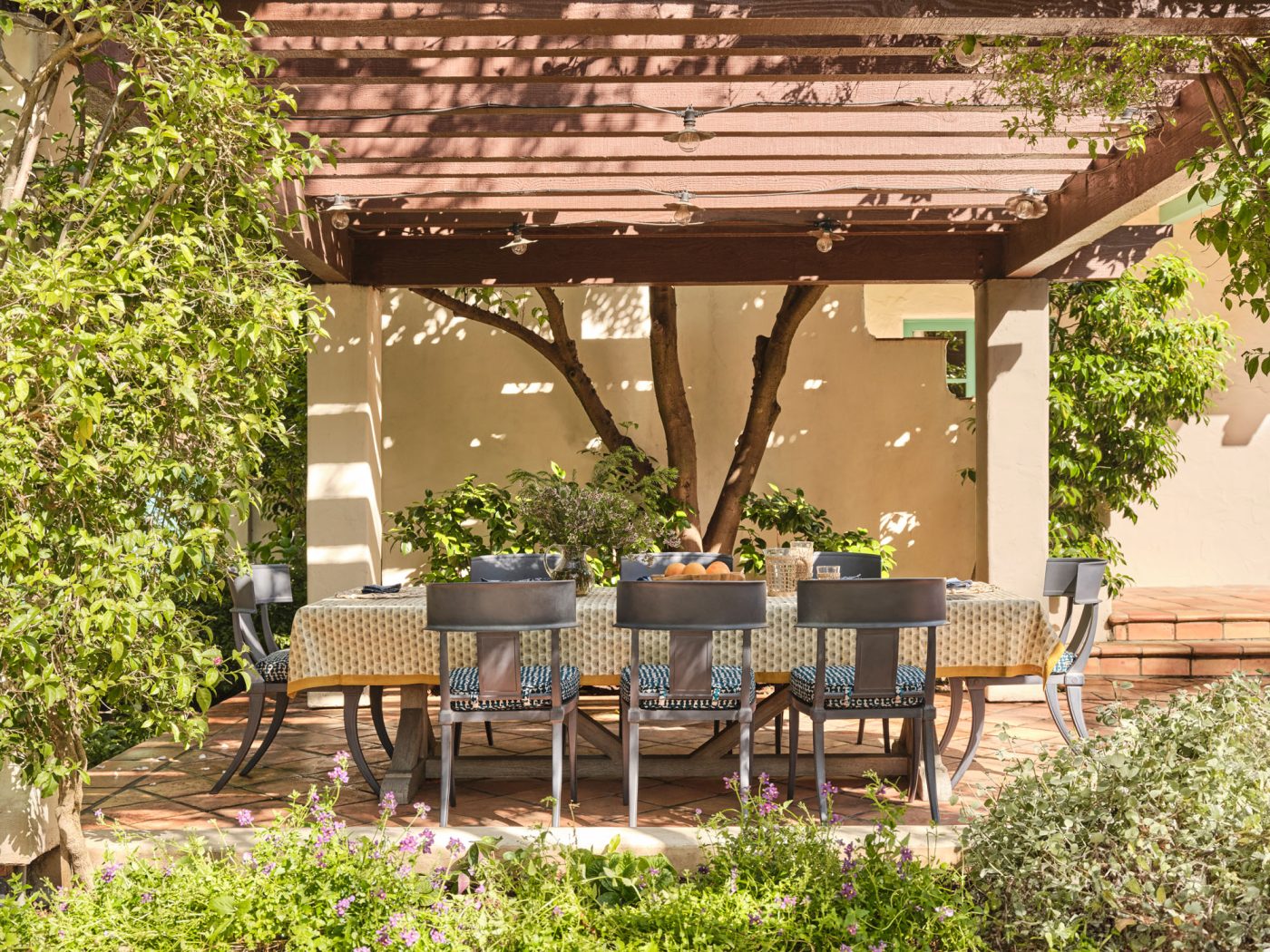
Cheng, too, is pleased with their working relationship.
“These clients were very much like, ‘We know what we like. We don’t know how to do it. But we assume you’re coming up with the best options for the space, so why shouldn’t we just do those?’ ” Cheng recalls.
They asked for virtually no changes to the room-by-room options she presented in an initial round of mood boards — something the designer says almost never happens.
“They kind of gave me carte blanche,” she marvels, “and just let me go with it.”
